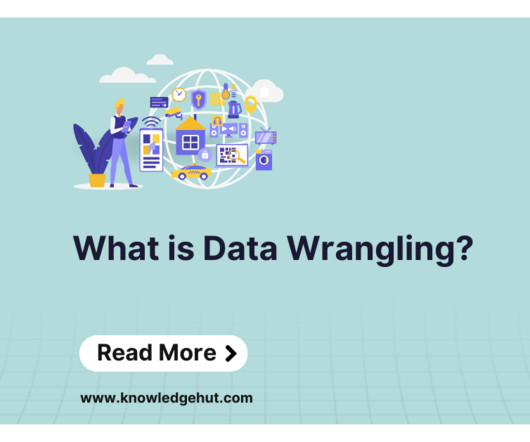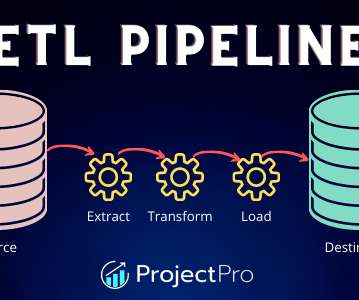Moving Past ETL and ELT: Understanding the EtLT Approach
Ascend.io
AUGUST 31, 2023
Secondly , the rise of data lakes that catalyzed the transition from ELT to ELT and paved the way for niche paradigms such as Reverse ETL and Zero-ETL. Still, these methods have been overshadowed by EtLT — the predominant approach reshaping today’s data landscape.












Let's personalize your content